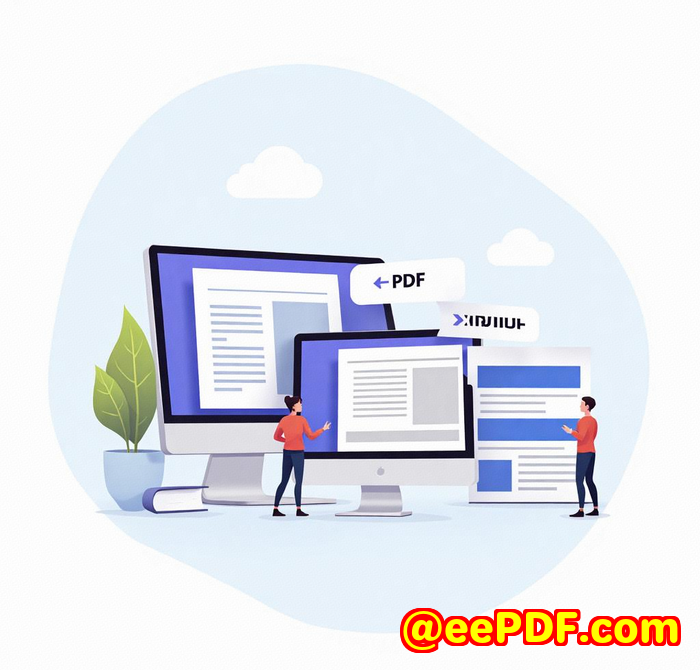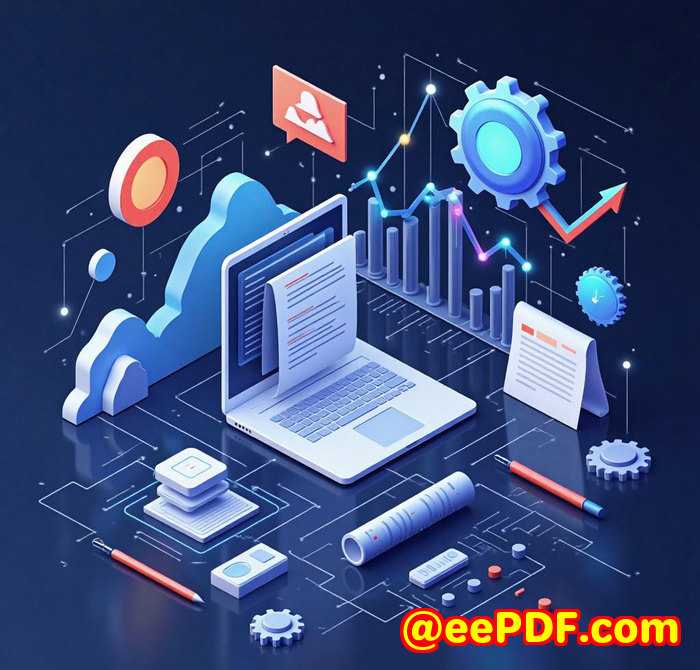VeryPDF JavaScript PDF Annotator Source Code License for Accounting Firms Automate Invoice Annotation and Review
VeryPDF JavaScript PDF Annotator Source Code License for Accounting Firms Automate Invoice Annotation and Review
Meta Description:
Tired of manual PDF markups? Discover how accounting teams automate invoice reviews using VeryPDF JavaScript PDF Annotator.
Every invoice approval used to take me three emails and a headache
Back when our firm was handling invoice approvals manually, we were stuck in a frustrating loop.

Someone in operations would send a scanned PDF of a vendor invoice.
I'd review it, circle a few things in a desktop editor, maybe add some notes, and send it back.
Then they'd come back with a different version, and the whole process repeatedbecause annotations weren't saved correctly or didn't display on their end.
The worst part? The tools we used either needed software installs (which no one wanted) or didn't support cross-platform markups.
That's when I went looking for a real solutionand found VeryPDF JavaScript PDF Annotator Source Code License.
Why I picked VeryPDF's PDF Annotator for our accounting team
We needed something that worked in the browser. No plugins. No downloads.
Just open a link, mark the PDF, and move on.
VeryPDF JavaScript HTML5 PDF Annotator checked all the boxes:
-
Browser-based: Chrome, Edge, Safariwhatever. It worked.
-
Cross-platform: Macs, Windows PCs, even iPads could annotate invoices in the same workflow.
-
Fully embeddable: We plugged the annotator right into our internal app.
I didn't want another clunky tool.
I wanted a feature-packed engine we could controland with the source code license, that's exactly what we got.
What makes this annotator different?
Let's break it down.
It supports all the tools we actually use
This isn't just "highlight and move on." We're talking:
-
Freehand drawing handy when circling line items or scribbling approval symbols.
-
Text comments reviewers can tag exactly what's wrong with a charge.
-
Highlight + strikeout quick markup tools for reviewing line-by-line invoice details.
-
Area comments + point annotations super useful when you want to comment on sections of a pricing table.
You can even change colours, line weights, and text fonts, which sounds small until you're the one explaining 15 markups to the CFO.
Live collaboration
Multiple reviewers can drop comments in the same document without stepping on each other's toes.
I've watched our team of three annotate a single invoice in under five minuteswithout emailing back and forth once.
That alone made it worth the switch.
Burn-in or preserve annotations
You choose.
Some clients want the annotations embedded permanently for auditing.
Others prefer to remove them before final submission.
VeryPDF gives you both options: burn annotations into the final PDF or leave them layer-based for editing later.
Real talk: Other tools didn't cut it
We tried a few other browser annotators.
Some looked nice but were slow to load large PDFs.
Others couldn't handle Office files or image-based invoices.
One even messed up our markups when the document reloadedtotal dealbreaker.
With VeryPDF?
-
It loaded our 10MB PDFs without lag.
-
It supported image invoices (TIFF, JPG) out of the box.
-
It even let us export and email the annotated PDFs straight from the browser.
Who should absolutely look into this?
If you're in any of these camps:
-
Accounting firms reviewing vendor invoices
-
Teams dealing with approval workflows on scanned PDFs
-
Companies wanting annotation inside their own apps
-
Organisations that want to keep sensitive invoice data off third-party platforms
Then this tool will save you time, frustration, and those painful 'version mismatch' email chains.
Here's what I'd recommend
Don't get stuck jumping between five apps to approve a single invoice.
VeryPDF's JavaScript PDF Annotator gave our accounting team a fast, secure, and customisable way to mark up documents right in the browser.
And the best part?
We own the source code. We customised it. We made it fit our needs.
If you deal with even 10+ PDFs a week, it's a no-brainer.
Try it yourself here: https://veryutils.com/html5-pdf-annotation-source-code-license
Custom Development Services by VeryPDF
VeryPDF provides tailored software solutions for teams that need more than off-the-shelf products. From document processing tools for Linux servers to advanced PDF printing and monitoring software for Windows environments, VeryPDF has the expertise to build it.
Need a custom PDF annotator for a niche workflow?
Or a backend system that intercepts print jobs and logs everything to secure PDFs?
VeryPDF builds that.
They work across programming languages and platforms: Python, C++, JavaScript, .NET, Android, iOS, and more.
Whether it's OCR tech, secure digital signatures, barcode processing, or layout analysisVeryPDF can customise the tools to match your workflow.
Explore your options at http://support.verypdf.com/
FAQs
How does this annotator compare to Adobe Acrobat?
Acrobat requires software installation and isn't easy to embed into web apps. VeryPDF's annotator is browser-based, lightweight, and ideal for automation.
Can multiple team members review the same document?
Yes. It supports multi-user markups with layered annotation functionality, ideal for collaborative invoice reviews.
Does this tool work on Mac and iOS?
Yes. It's 100% browser-based and works across Windows, macOS, Linux, iOS, and Android.
Can I customise the interface or features?
Absolutely. With the source code license, you can integrate and modify the annotator however you want inside your apps.
What file types can be annotated?
Over 50+ formats including PDFs, Office docs (Word, Excel, PPT), images (TIFF, JPG, PNG), CAD files, and more.
Tags / Keywords
-
PDF annotator for accounting teams
-
JavaScript PDF annotation tool
-
Automate invoice reviews
-
Browser-based PDF markup
-
Invoice approval workflow software



